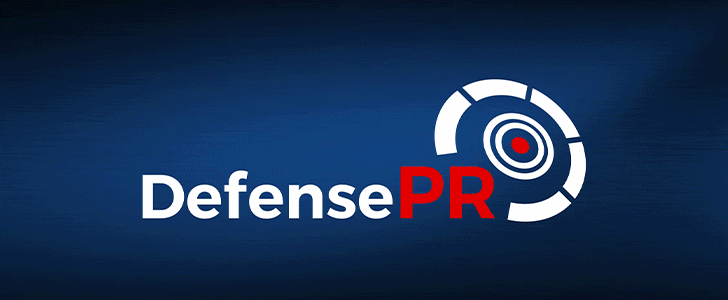
South Korea has tested its Taurus missile for the first time in seven years, preparing Seoul to defend against enemy cruise missiles.
The Taurus missiles were fired from F-15K fighter jets and traveled over 400 kilometers (249 miles) before hitting their target in the Yellow Sea.
The tests, conducted by the South Korean Air Force, are part of a comprehensive training program designed to defend against potential cruise missile threats.
Besides the Taurus missiles, the program also includes using F-35A and KF-16 aircraft to intercept enemy missiles.
South Korea conducted a live-fire test as a show of force in response to North Korea’s sixth nuclear test in 2017.
As tensions remain high on the Korean Peninsula, with a balloon-dumping campaign and Pyongyang’s uranium enrichment activities, Seoul seeks strategies to enhance its defensive posture.
Features
The Taurus missile is developed by the German-Swedish partnership between MBDA Deutschland GmbH and Saab Bofors Dynamics, designed for use against hardened targets, bunkers and concealed command centers.
The missile is 5 meters long (16.4 feet), weighs 1.4 tons, and is fired by fighter jets.
It is capable of traveling at a speed of up to 1,170 kilometers per hour (727 miles per hour), and it can spot targets at a distance of 500 kilometers (310 miles).
A key advantage of the Taurus long-range missile is that it is able to fly at an altitude of only 35 meters (114.8 feet), making it difficult to be detected by enemy radar.










